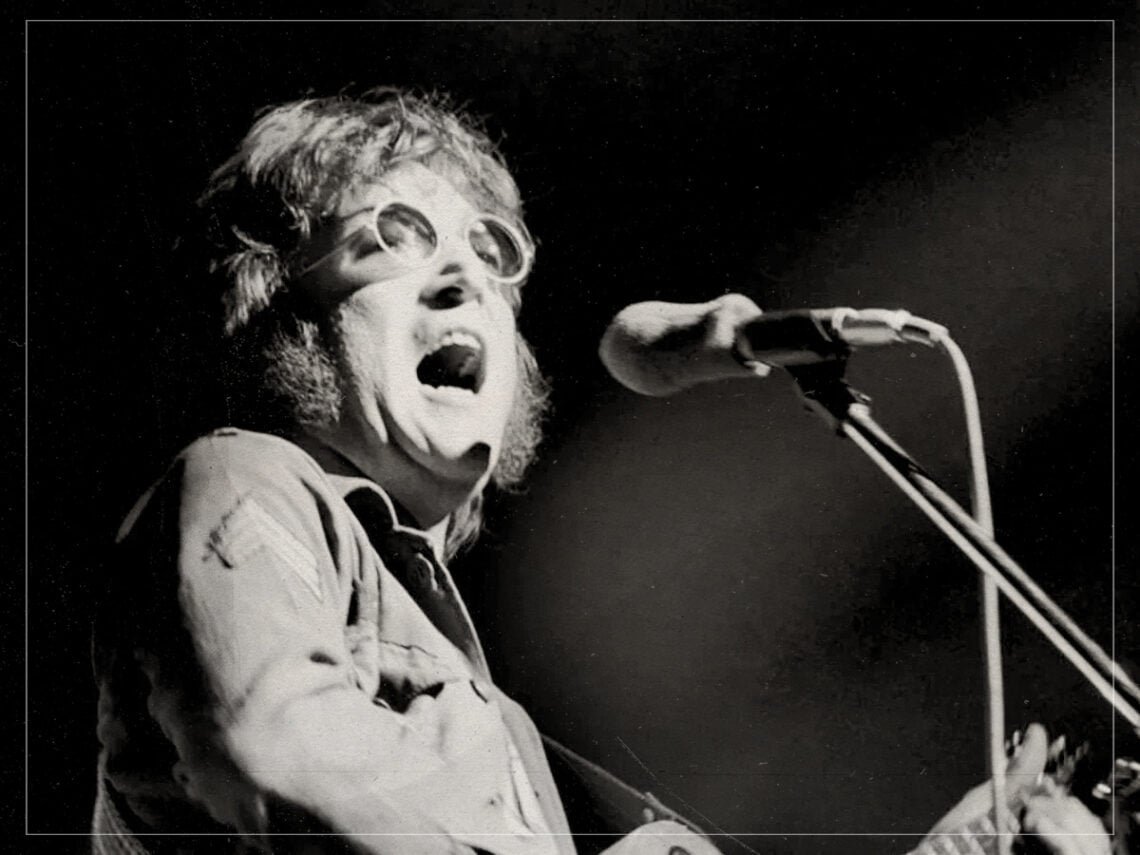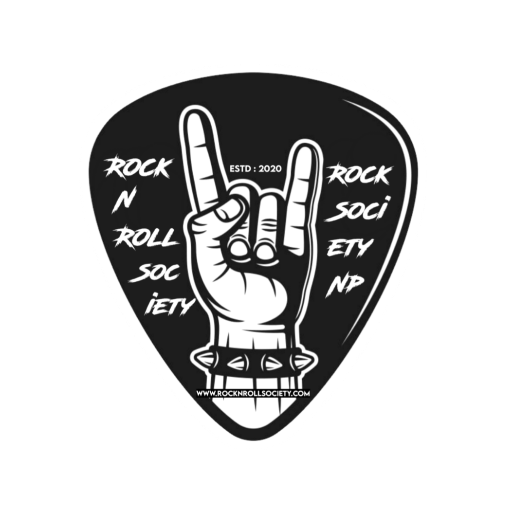
There’s a little white lie that often crops up in the annals of rock history: The Beatles weren’t really a live band. Given that they stopped touring in 1966, the likes of Keith Richards have often spread the rumour that beyond the studio, there wasn’t much there. However, the 1,487 concerts that they did play provide a startling figure that begs to differ.
In fact, despite playing shows since 1962, The Rolling Stones have only played 690 more concerts than that during their far lengthier live tenure. This is because the Fab Four cut their teeth during a youth that saw them almost constantly on stage. Whether it was in Hamburg or the Cavern Club, the Liverpudlians lit up audiences with a new, adrenalised brand of rock ‘n’ roll.
This was something that a young John Lennon needed. After a childhood marred by loss, live music was always a vital escape for the deeply introspective star. Basking in the buzz of being on stage shaped the way that they connected with the masses. They recognised the zap that they could offer and the public’s thirst for a form of cultural revolution.
In many ways, the main reason that they stopped touring was a simple technological limitation. As David Byrne explains in How Music Works, “In a sense, the space, the platform, and the software ‘make’ the art, the music, or whatever. After something succeeds, more venues of a similar size and shape are built to accommodate more production of the same. After a while, the form of the work that predominates in these spaces is taken for granted— of course, we mainly hear symphonies in symphony halls.”However, by the time the band called it quits, technology had caught up with them. So, going solo offered Lennon the chance to head back out onto a stage that he so dearly missed. However, his relationship with his former songs proved to be complex during this period. He had famously cited that he didn’t want to be playing songs about holding hands as he got older.Which Beatles song did John Lennon play live the most?
So, by and large, he ditched playing The Beatles when he pursued his solo career. But as events unfurled, he almost ditched playing live entirely along with that ethos. In 1968, he famously performed alongside Yoko Ono as part of The Rolling Stones’ legendary Rock ’n’ Roll Circus. The hip couple were among the star attractions in The Dirty Macs. Aside from the duo, the band consisted of Eric Clapton on guitar, Keith Richards on bass, and Jimi Hendrix’s sticksmith Mitch Mitchell on drums. “The buzz was incredible,” Lennon would later comment.
It seemed to revive his love for live performance, and some suspect that it may have even fed into his complacent disposition within The Beatles. But that never materialised in many major shows when he went solo. In short, this was largely because he was battling to be a family man, and he lost that battle during a Lost Weekend period where touring was positively impossible.But he did manage to squeeze in ten verifiable solo performances on stage, only two of which were full-length affairs. During those sets, Lennon did, indeed, rattle off a few Beatles classics. The setlist for those two key shows strangely included ‘Yellow Submarine’ and ‘Yesterday’, as per SetlistFM. On other occasions, he performed ‘Come Together’, ‘Yer Blues’, and ‘I Saw Her Standing There’.
As with everything related to Lennon, his solo years and relationship with The Beatles during them remained as enigmatic as ever. Although this largely may have been inadvertent, you suspect part of him wouldn’t have had it any other way. Yet, the fact that before his death in 1980, he was primed to hit the road once more, you also suspect that part of him wasn’t too sure, and that sphere of uncertainty is where his great art emerged, the product of a man meddling with where he belonged in society.







